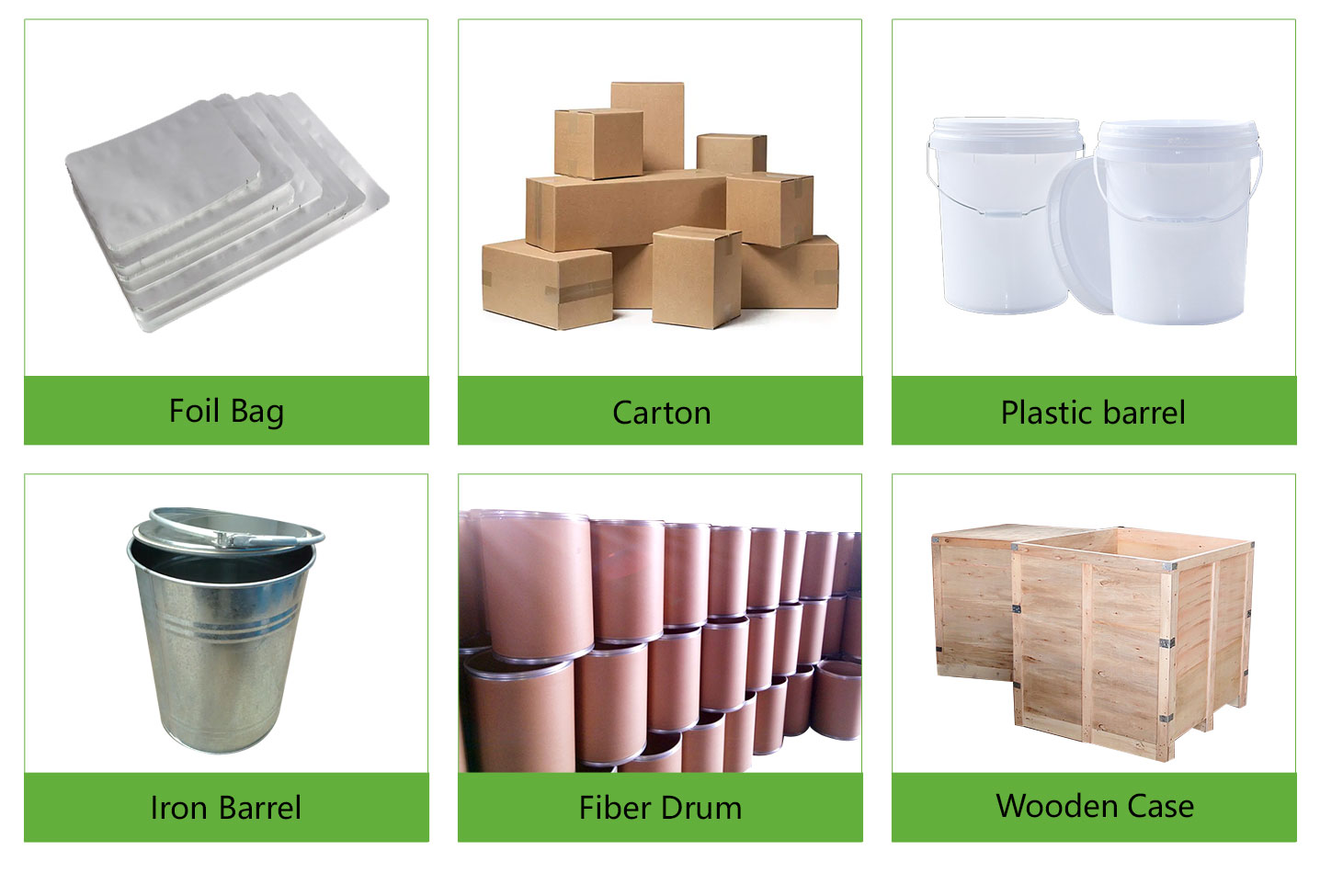About Bismuth Sulfide Bi2S3 Powder:
Bismuth sulfide chemical formula is Bi2S3. It is also called bismuth trisulfide. Bismuth sulfide molecular weight is 514.15. Brown-yellow powder or crystal. Specific gravity is 7.39. Decomposes at 685℃. Insoluble in water and ethyl acetate, but soluble in nitric acid and hydrochloric acid. Bismuth sulphide is made by melting metallic bismuth with sulfur or passing hydrogen sulfide into bismuth salt solution. Used to prepare bismuth compounds. Bismuth sulfide is an important semiconductor material, and its application in optoelectronic components and thermoelectric devices has brought great convenience to mankind. Nano bismuth sulfide makes its various properties more optimized. Because the properties of nano-materials depend to a large extent on the morphology of nanomaterials, it is of substantial significance to synthesize more bismuth-sulfide nanostructures with special morphologies.
Bismuth sulfide Bi2S3, as an important semiconductor material, has potential application value in thermoelectric, electronic and optoelectronic devices and infrared spectroscopy. The bandgap energy of bismuth sulfide at room temperature is 1.33eV, which can be used to make photoelectric converters and is widely used in thermoelectric cooling processes. Nano-scale bismuth sulfide can not only blue-shift the ultraviolet-visible absorption wavelength and fluorescence emission wavelength, but also generate a nonlinear optical response, enhance the redox ability of nanoparticles, and has the excellent photoelectric catalytic performance. It has broad application prospects in luminescent materials, nonlinear optical materials and photocatalytic materials.
If you want to buy bismuth sulfide powder in bulk, please feel free to send an inquiry to get the latest bismuth sulfide price.
Bismuth Sulfide Bi2S3 Powder CAS 1345-07-9
Melting point: 685°C (dec.)
CAS number: 1345-07-9
EINECS number: 215-716-0
Density=7.6-7.8 g/cm³
How is Bismuth Sulfide Bi2S3 Powder produced?
Bismuth sulfide is made by melting metallic bismuth with sulfur or transferring hydrogen sulfide into a bismuth salt solution. Used to make bismuth compounds, used to make other bismuth compounds.
Applications of Bismuth Sulfide Bi2S3 Powder:
Electronics and Semiconductor Industry: Similar to Sb2S3, Bi2S3 is also widely used in the electronics and semiconductor industry. Its wide bandgap and high resistivity make it an excellent material for the fabrication of various electronic devices. These devices include transistors, integrated circuits, and phototransistors. In addition, Bi2S3's excellent thermal stability makes it an important candidate for high-temperature semiconductor materials.
Thermoelectric materials: Bi2S3 has excellent thermoelectric properties and is a potential thermoelectric material. Like Sb2S3, thermoelectric materials can convert heat and electricity directly to each other, a technique known as thermoelectric power generation or thermoelectric refrigeration.Bi2S3's low thermal conductivity and good electrical conductivity give it excellent thermoelectric properties.
Photocatalysis: Bi2S3 also has potential applications in photocatalysis. It can be used as a photocatalyst in combination with specific photosensitizers for the degradation of organic pollutants and toxic substances.
Optical applications: Bi2S3 has high optical transparency and is used in the fabrication of photovoltaic devices such as photocells and photodiodes. These devices utilize the photovoltaic effect to convert light energy into electrical energy. In addition, Bi2S3's wide bandgap and high refractive index make it an excellent material for solar cells and photodetectors with excellent optical properties.
Catalyst: Bi2S3 can be used as a catalyst, especially in some reactions involving sulfides and organic compounds. The mechanism of action may be related to Bi2S3's ability to form stable complexes with these reactants.
Biomedical applications: Bi2S3's low toxicity and biocompatibility give it potential for a number of applications in the biomedical field. For example, it is used as a drug carrier and bioimaging agent. In addition, certain properties of Bi2S3 make it possible to be used in the treatment of certain diseases, such as cancer. It is worth noting that despite its good biocompatibility, Bi2S3 has a high solubility in water and may have some toxic effects on living organisms, so its risks and benefits should be carefully evaluated when used.
Glass industry: In glass manufacturing, Bi2S3 can be used as a clarifying agent, which helps to remove air bubbles and impurities from the glass and improve the transparency and quality of the glass.
Storage Condition of Bismuth Sulfide Bi2S3 Powder:
Damp reunion will affect Bi2S3 powder dispersion performance and using effects, therefore, Bismuth Sulfide Bi2S3 Powder should be sealed in vacuum packing and stored in the cool and dry room, the Bismuth Sulfide Bi2S3 Powder can not be exposure to air. In addition, the Bismuth Sulfide Bi2S3 Powder should be avoided under stress.
Packing & Shipping of Bismuth Sulfide Bi2S3 Powder:
We have many different kinds of packing which depends on the Bismuth Sulfide Bi2S3 Powder quantity.
Bismuth Sulfide Bi2S3 Powder packing: vacuum packing, 100g, 500g or 1kg/bag, 25kg/barrel, or as your request.
Bismuth Sulfide Bi2S3 Powder shipping: could be shipped out by sea , by air, by express as soon as possible once payment receipt.

Luoyang Tongrun Nano Technology Co. Ltd. (TRUNNANO) is a trusted global chemical material supplier & manufacturer with over 12-year-experience in providing super high-quality chemicals and Nanomaterials, including boride powder, nitride powder, graphite powder, sulfide powder, 3D printing powder, etc.
If you are looking for high-quality Bismuth Sulfide powder, please feel free to contact us and send an inquiry. ([email protected])
